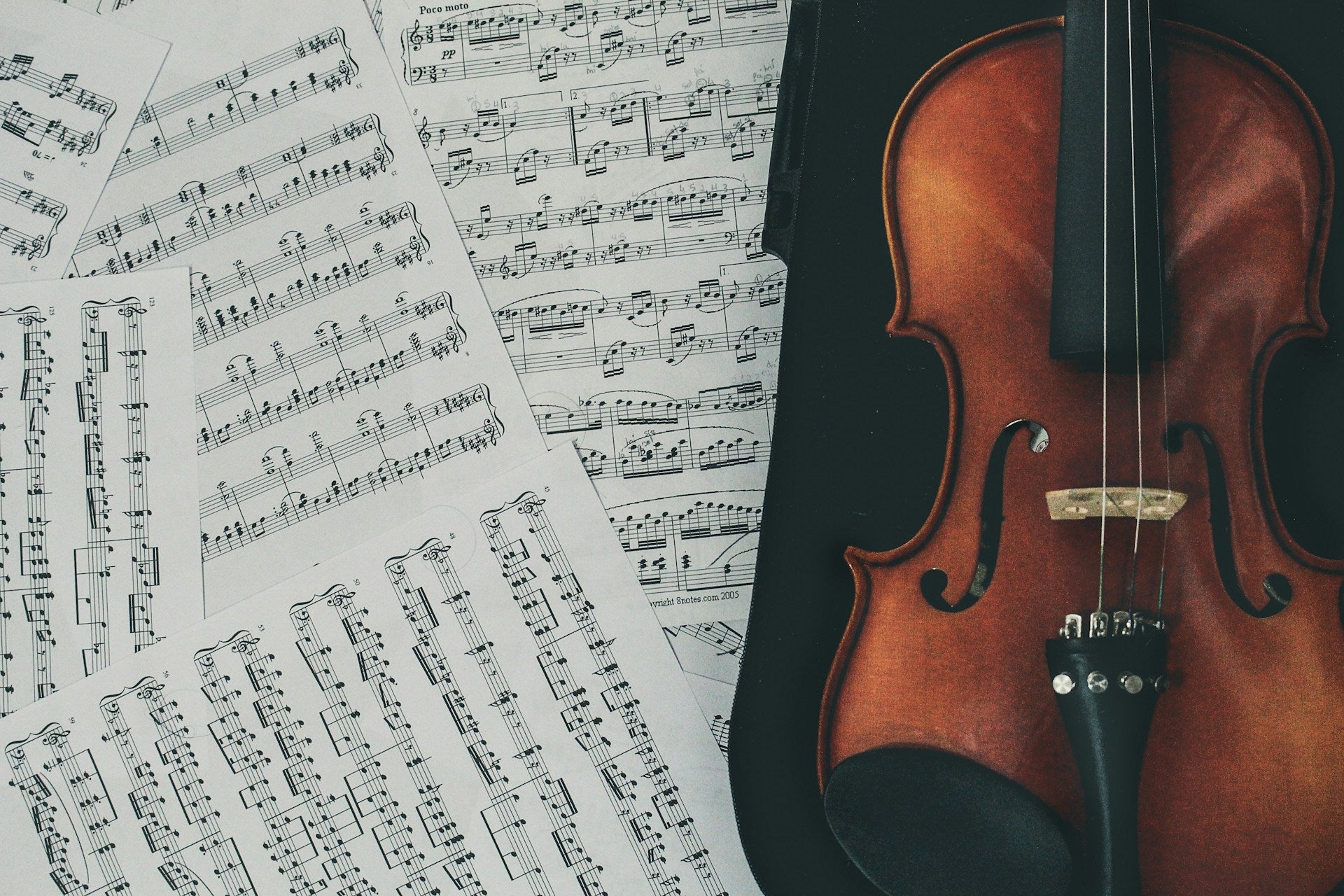Have you ever gazed at a sheet of music and felt like you were deciphering an ancient code? For beginners, reading sheet music can be as challenging as learning a new language. However, fear not! In this musical journey, we'll demystify the complexities of beginner sheet music and explore how it differs across various instruments, including the violin, viola, cello, piano, and guitar.
The Language of Music: Reading Sheet Music
Sheet music is the universal language of music, allowing musicians to interpret and perform compositions accurately. It consists of a series of symbols, notations, and markings that convey essential information about pitch, rhythm, dynamics, and more. While it may seem intimidating at first, with practice, you can become fluent in this beautiful language.
Understanding Musical Notation: A Common Ground
Before delving into instrument-specific nuances, let's explore the common elements of sheet music:
- Staff: The foundation of sheet music is the staff, consisting of five horizontal lines and four spaces. Each line and space represents a different pitch.
- Clef: The clef symbol at the beginning of a staff tells you which notes correspond to the lines and spaces. Common clefs include the treble clef (used for higher-pitched instruments like violin and piano's right hand), the bass clef (for lower-pitched instruments like cello and the left hand of the piano), and the alto clef (mainly used for the viola).
- Notes: Notes are the heart of sheet music. They indicate the pitch of a sound. The placement of a note on the staff determines its pitch, with higher positions indicating higher notes.
- Duration: The shape of a note's head, along with stems and flags, conveys its duration or rhythm.
- Rests: Rests indicate periods of silence in the music. They are as crucial as notes in establishing rhythm.
Instrumental Nuances: How Sheet Music Differs
Now, let's explore how sheet music varies across instruments:
1. Violin:
- Treble clef: Violinists primarily read sheet music in the treble clef.
- Fingerings: Violinists must also learn fingerings, indicating which finger to use on the fingerboard to produce the correct pitch.
2. Viola:
- Alto clef: Viola sheet music typically uses the alto clef, which positions notes differently than the treble or bass clefs.
- Transposition: Viola music may require transposition to align with other instruments.
3. Cello:
- Bass clef: Cellists often read sheet music in the bass clef, similar to the left hand of the piano.
- Tenor clef: Some cello music uses the tenor clef, requiring additional familiarity.
- Cello music, especially in advanced literature, sometimes ventures into the treble clef. Treble clef is used when the cello plays up into the soprano range.
4. Piano:
- Dual clefs: Pianists read both treble and bass clefs simultaneously. Each hand has its staff, with the right hand in treble clef and the left hand in bass clef.
5. Guitar:
- Guitar tablature: While traditional sheet music is used for guitar, many beginners start with guitar tablature (tabs), which visually represent finger positions on the fretboard.
Embarking on Your Musical Journey
Learning to read sheet music is an essential skill for any musician, and while it may present challenges, it's a journey well worth taking. Begin with the basics, practice regularly, and seek guidance from experienced teachers or online resources.
Remember, the beauty of music lies in its ability to transcend barriers. Whether you're playing the violin, viola, cello, piano, or guitar, the language of sheet music unites us all. Embrace the adventure, and let the notes on the page guide you on your musical odyssey. Happy playing!



Leave a comment